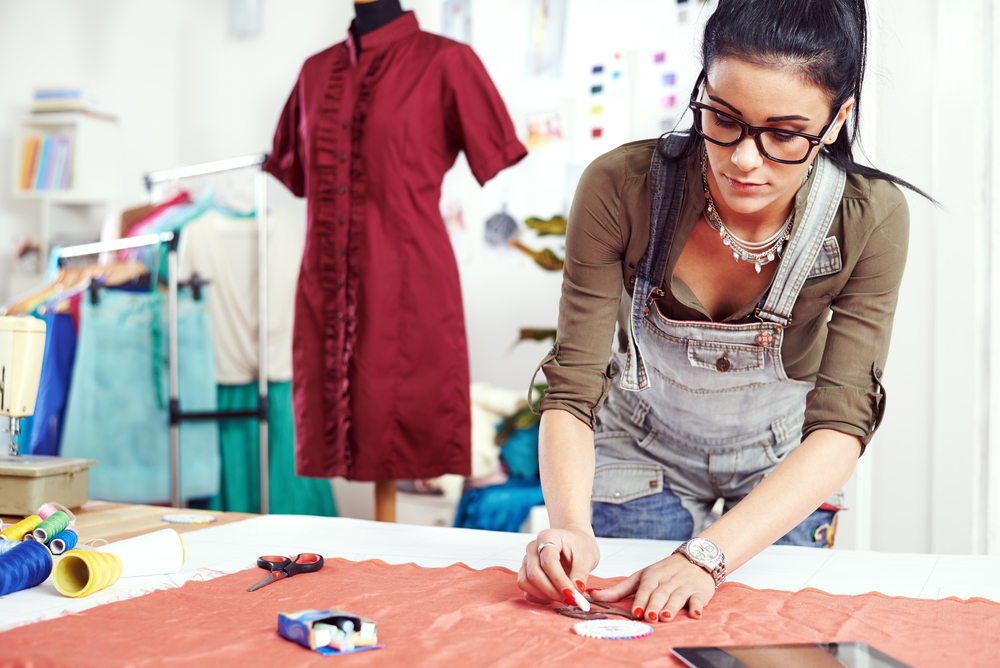Even the top tailors make sewing mistakes. They all started from somewhere, though. This is because failure is inevitable in life, but in the long run, it ends in success. If you’re just starting to sew or planning to get some training in this art, it is essential to know that it’s natural to make mistakes. If you’ve been thinking about buy the Brother XM2701 sewing machine, you may want to read our article on it.
It is also all right to fumble and even get messy sometimes. It shouldn’t become a trend, though. Some mistakes can be costly, and the best bet is to avoid them. If you’re looking forward to an illustrious career in sewing, here are the top five mistakes you should avoid.
Learn How to Improve Your Skills
1. Inaccurately cutting your patterns – Failing to align your preferred patterns accurately can be heartbreaking. Note that the patterns are cleverly designed to fit evenly, implying that you must stick to the cutting lines when cutting the patterns.
To avoid this mistake, you should place your fabric on a flat surface during cutting. If you’re using a raised platform, e.g., a table, ensure the overlapping points don’t hang on the edges. Moreover, if you’re going to cut on the fold, it’s crucial that you keep the fold on the grain. You don’t want a final piece of fabric with missing buttonholes, and notches, etc.
2. Using a faulty or old needle – An old or overly used needle can get chips or be blunt. This may cause your seam threads to pucker, thereby impacting the quality of the final piece. It is advisable that you only use sharp and new needles for all your sewing needs. To check if the needle is not chipped, slide it over your nail with the point slightly inclined. It shouldn’t scratch the fingernail.
3. Using incorrect needle size – Most amateur dress makers overlook this aspect when shopping for needles. They simply grab any needles packet to replace the ones they’d been using-or opt for the cheaper options.
Some of the problems with using incorrect needle sizes are loose stitches, skipped stitches, needle breakage, and puckering, among others. A good needle shop should provide you with a chart that will guide you on the correct needle size for each fabric.
4. Incorrect sewing machine tensions – Let’s face it. Getting the right sewing machine tension for each fabric is one of the most challenging tasks in sewing. But then, you have to get the tensions right to avoid instances of thread looping underneath, etc.
To get your tension configurations right, it’s recommendable that you test different fabrics with varied tension settings. For heavier pieces of clothes, you will need much tension and vice versa. Note the tension settings before doing the tests, so it’s easy to adjust them accordingly.
5. Failing/forgetting to pressure your seams – Now, pressing the seams can be daunting. It also takes too much time, and at the same time, still very important. Pressing the seams will help you minimize puckering and avoid incorrect cutting and sewing etc.
If you’re time conscious, it’s advisable that you sew many seams, and then press them before joining them with others.
Final Thought
Just like in any other profession, sewing also demands commitment and passion. With passion, everything gets easy. Don’t forget to follow our blog so you can get daily updates, and tips on how to improve your sewing skills.

